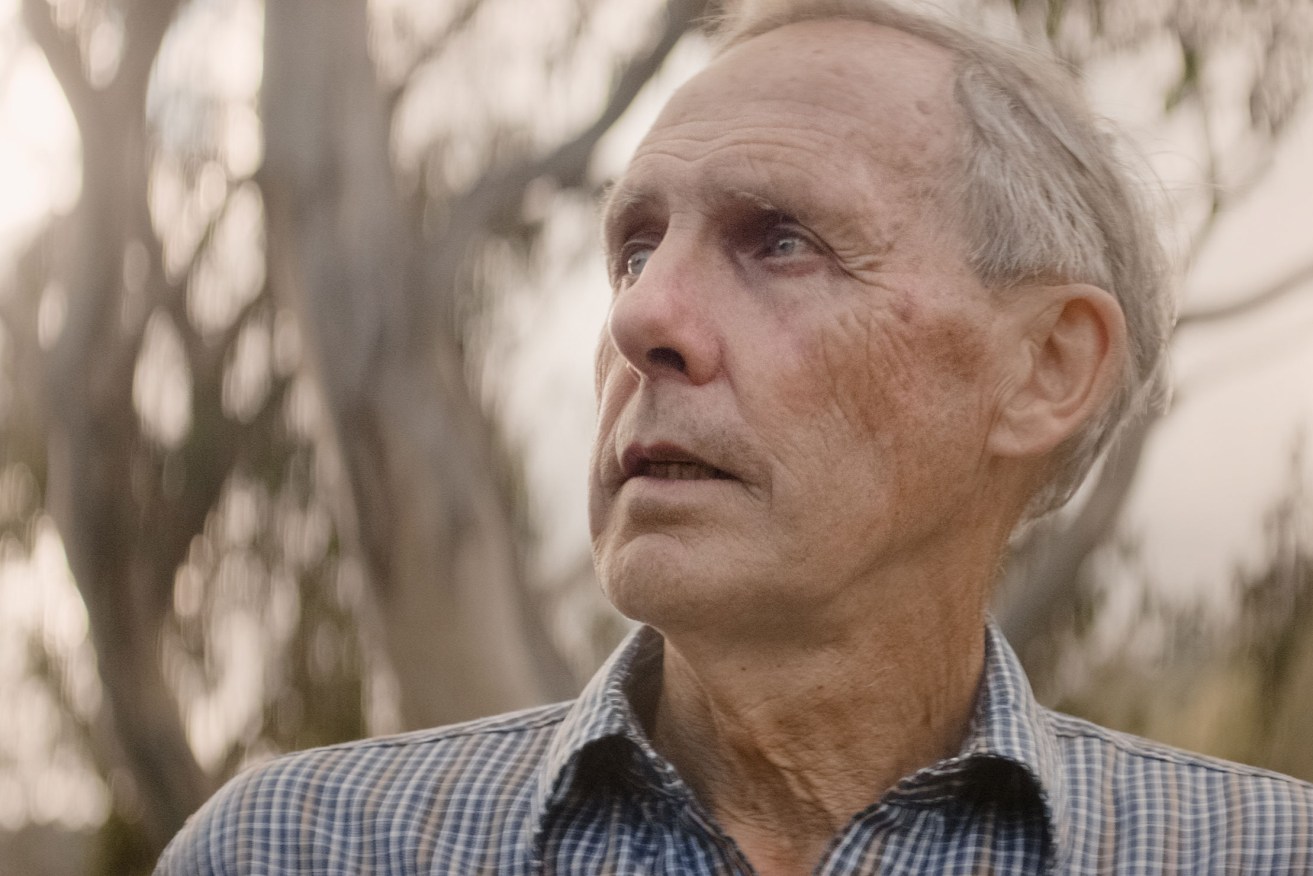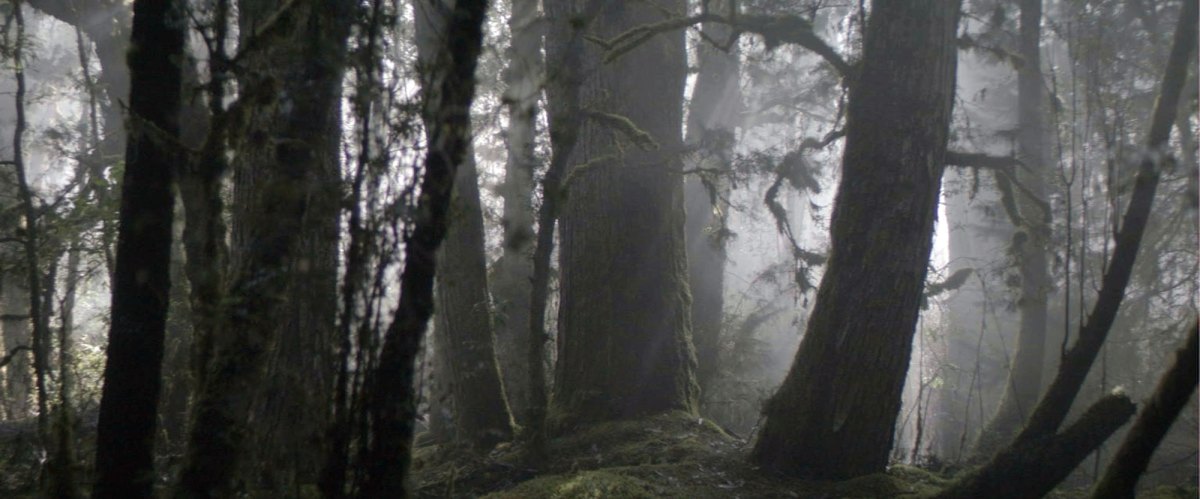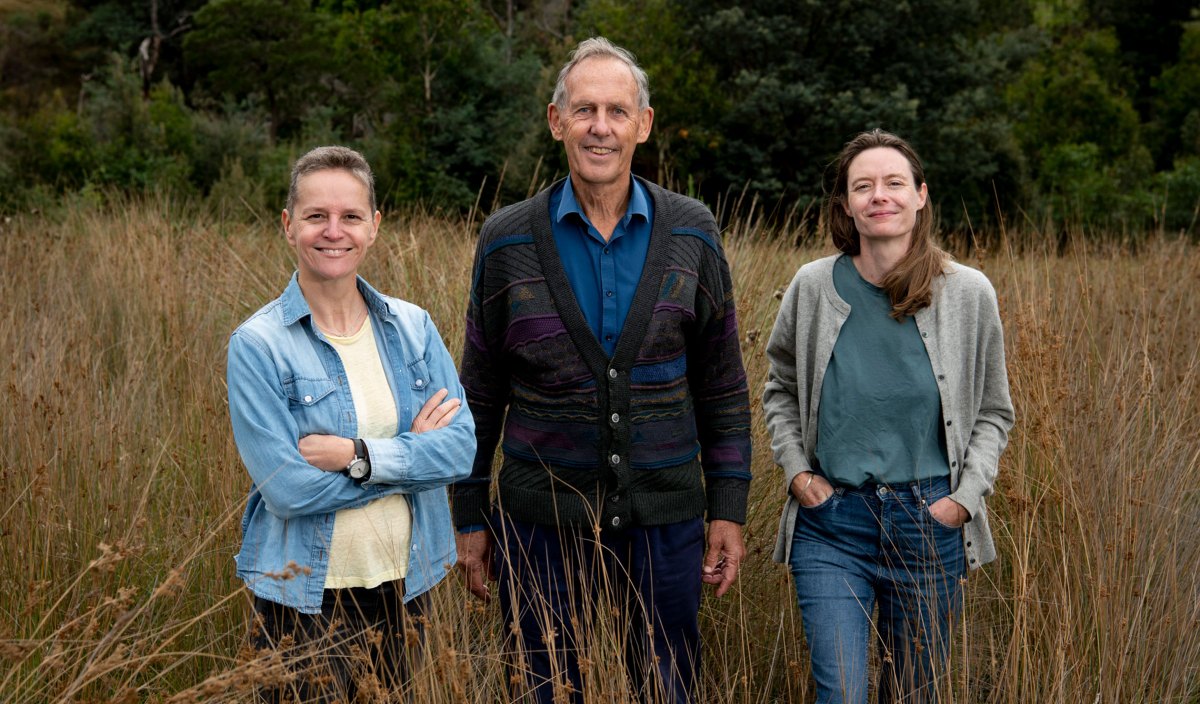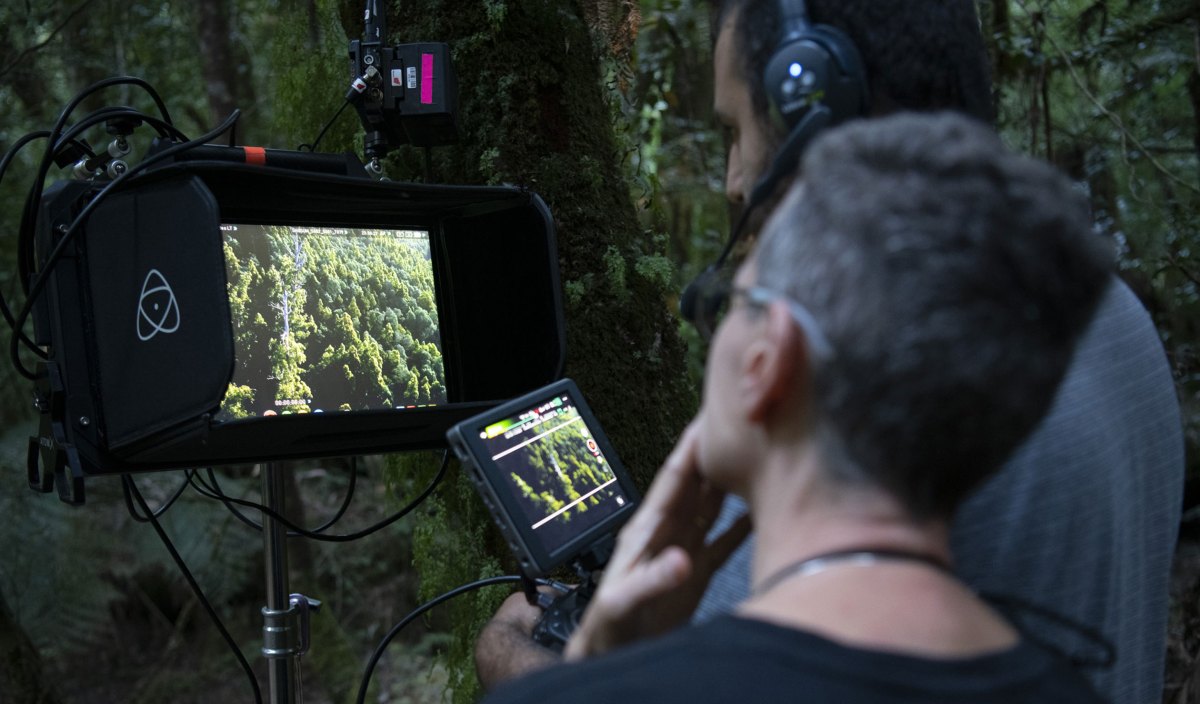A force for nature walking among giants
The life of environmental activist Bob Brown is interwoven with the story of giant trees in a cinematic new documentary premiering at the Adelaide Film Festival which will immerse viewers in rich and complex forest-scapes.


Bob Brown, pictured in a scene from 'The Giants', hopes the the beauty of the trees in the film will spur people to take action to save them.
Environmentalists never really retire, so when Bob Brown was asked to be part of The Giants, a poetic documentary about Australian trees and climate change, he agreed.
“I’ll do it for the trees,” he said.
Premiering at the Adelaide Film Festival on October 28, The Giants weaves the science and grandeur of Australia’s giant eucalypts into a story about Brown’s evolution from a Tasmanian GP to an environmental activist who campaigned successfully to stop Tasmania’s Franklin River from being dammed, entered state and then federal parliament, and led the Australian Greens. Along the way, he became a household name.
Brown, who left parliament a decade ago, spent last week’s Tasmanian storms at Liffey in the old homestead south-west of Launceston that he bought in the 1970s for $8000, and which came with 14 hectares of land in the Liffey Valley. While he has donated the property (with its sign at the front that reads Trespassers Welcome) to Bush Heritage Australia, he still goes there to write and think, and watched helplessly as the storms swelled the Liffey River near his house and tore into the hills and foliage nearby.
He hoped he might prevent some of the damage but the weather system was powerful and relentless.
“There is nothing you can do when a flood is at full tilt – it’s in complete control,” Brown says.
It was the third severe storm there in 12 years, and Brown says climate change is to blame.
“It is part of the increasing cycle of calamities,” he says. “Because of climate change, the atmosphere is warmer, there is more moisture in it, so when you do get these La Nina events, more rain falls.”
Amid this cycle of natural disruption, Australia continues clearing trees and logging magnificent old-growth forests with no apparent regard for the impact. The Giants makes no bones about the intertwined fates of trees and humans, and touches on emerging knowledge about powerful mycelia networks that connect trees and channel information and energy through the forest floor.
Cutting down a tree destroys part of a system whose significance we barely understand, the film says.

Huon pines loom large in The Giants.
The Giants reminds viewers that despite Brown’s work, Australia continues to allow the logging of old-growth Tasmanian forests, not even for timber but toilet paper. Because of it, we are on a WWF list of shame as an international deforestation hotspot, the only developed country to still allow logging of this kind, alongside Colombia and Peru and not far behind Borneo and Brazil.
“We’ve got corporate capture of our parliaments,” Brown says by way of explanation. “The lobbyists who are suddenly sitting beside you in the coffee room are from the mining and logging corporations, not from patch-in-the-pants conservation groups.”
Brown says that trees everywhere, not just the giant trees in the Tasmanian forests which reach 100 metres, actively hold back carbon like nothing else on the planet. They should be feted and protected, not cut down.
“They are our last hedge against climate change, so they are both inspiring and life-saving at the same time,” he says.

Bob Brown with filmmakers Laurence Billiet and Rachael Antony. Photo: Matt Newton
Filmmakers Laurence Billiet and Rachael Antony, who together made the 2020 Cathy Freeman documentary Freeman, wanted to show the inter-reliance of people and trees through the story of Bob Brown and his connection to the natural world. They also hope to reach younger people suffering from climate grief – an overwhelming sense of powerlessness over the planet’s future – and inspire them to help.
“Bob has always been not only a force for nature but a force of nature, and what could be more appropriate than intertwining the life of Bob with our trees, and seeing how the stories interconnect,” Antony says.
They cast giant old eucalypts, huon pines, and myrtles as the stars of the film, and had to overcome huge challenges filming them.
“We cast those trees then had to find a tree that would represent all of the species,” Billiet says. “And then we had to go and film up there, which was an incredible feat, and we worked with tree climbers who specialised in these trees that were about 100 metres high.”
The challenge was to bring the trees to life and show their richness and complexity. The filmmakers used 3D scans and coloured schematics to illustrate the physical odds trees overcome to trap carbon and create the oxygen we breathe. Motion design art was also layered in to highlight the loveliness of the forest scape.
“We wanted to do something quite poetic and impressionistic,” Billiet says. “We didn’t want to do something that was scientific-looking, like a David Attenborough show, which are beautiful in themselves but don’t have a kind of hyper-realistic aesthetic.”

Cinematographer Sherwin Akbarzadeh and Laurence Billiet on location. Photo: Matt Newton
Brown, who will be at the Adelaide premiere with his partner Paul, says he hopes the documentary will convince people how critical trees are to saving the world, and to do something about it.
“We are in enormous trouble on this planet,” he says. “A revolution in the way we live and work on it, and relate to each other and share, is required. No small changes will do.”
In a sense, The Giants builds on Brown’s instinct in the early 1980s to use a breathtaking picture of the swirling Franklin River as the focus for the No Dam campaign. Colour television brought the river’s wild beauty into people’s living rooms and substantially shifted public opinion against the dam in a way that black and white TV never could. He hopes the beauty of the trees in The Giants, and the science that explains their importance, will touch people in the same way.
When once he was speaking for the Franklin River, and before that Lake Pedder, now Brown speaks for the trees whose continued logging is a source of existential grief.
“If thoughtful people who otherwise feel hopeless about the plight of nature come away thinking, ‘I’m going to take action’ or ‘I’m going to start funding action or change my vote’, then it will have been worthwhile,” he says.
The Giants is showing on October 28 at Her Majesty’s Theatre, with the screening to be followed by a Q&A with Bob Brown and the filmmakers. It is part of the 2022 Adelaide Film Festival, which runs from October 19-30.
Read more Film Festival stories and reviews here.




